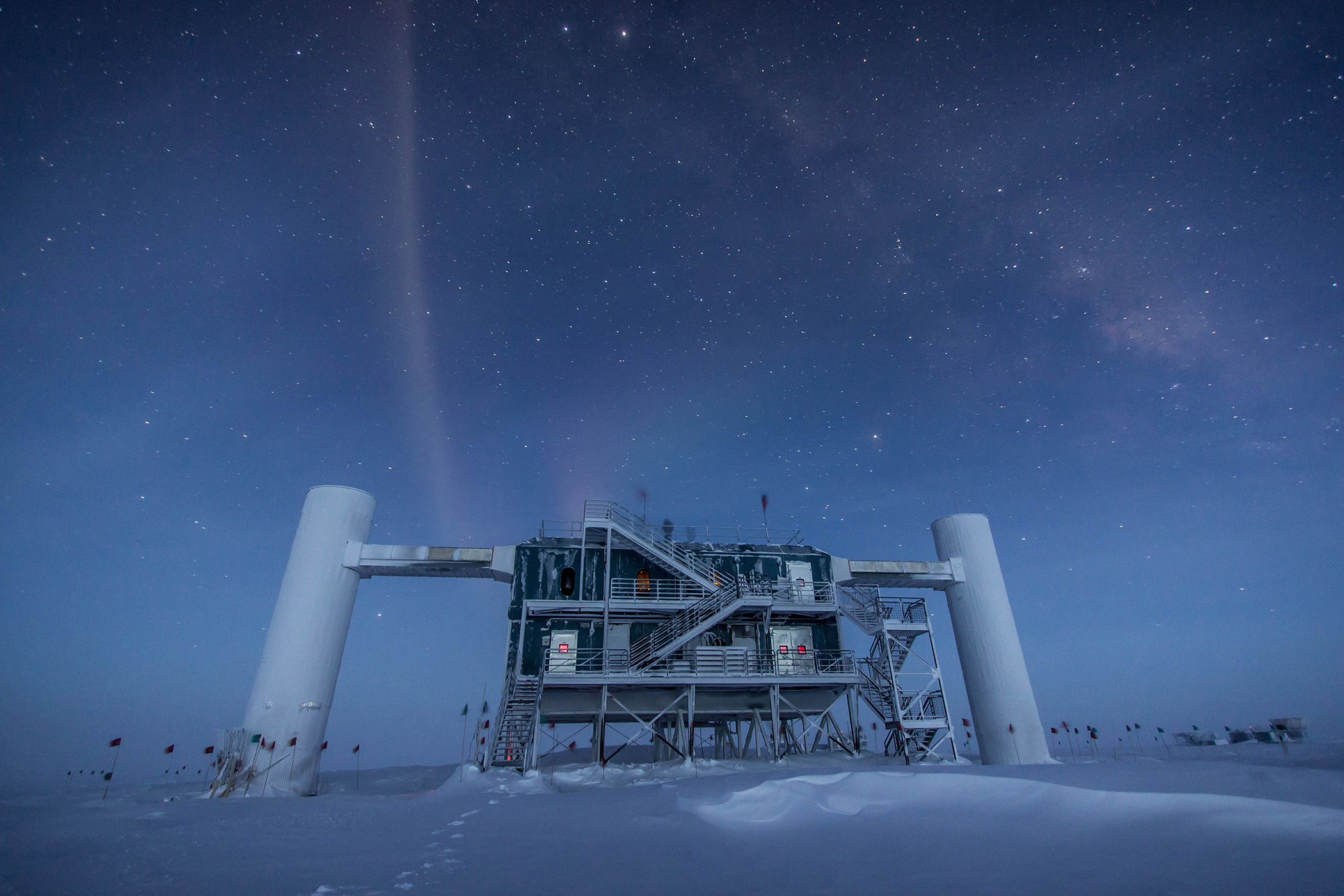When you purchase through links on our site , we may earn an affiliate delegation . Here ’s how it works .
Charged particles travel faster than luminosity through the quantum vacuum of quad that surroundspulsars . As these electrons and proton aviate by pulsars , they create the ultrabright gamma - shaft instant emitted by the speedily twirl neutron stars , fresh research unwrap .
These Vasco da Gamma - rays , called Cherenkov expelling , are also detect in powerfulparticle acceleratorson Earth , such as the Large Hadron Collider near Geneva , Switzerland . The rays are also the source of the bluish - lily-white gleam in the water of a nuclear reactor . [ Wacky Physics : The Coolest Little Particles in Nature ]

The Vela pulsar that lives 1,000 light years from our planet.
But until now , no one opine that pulsar emissions consist of Cherenkov radiation syndrome .
That ’s in part because of Albert Einstein ’s famoustheory of relativity , which holds that nothing can travel quicker than lighter in a vacuum cleaner . Because of those proposition , scientist previously thought that Cherenkov emission could n’t go on in the quantum vacuum of space surrounding pulsars . That region is mostly devoid of subject but home to ghostly quantum mote that flicker in and out of existence .
So , does this new inquiry mean Einstein ’s turning point theory was just violated ? Not at all , said study co - author Dino Jaroszynski , a professor of purgative at the University of Strathclyde in Scotland .

Pulsars create crushingly strongelectromagnetic fieldsin the quantum vacuum surrounding the stars . These fields buckle , or polarize , the vacuum , essentially make speed gibbosity that slack down light subatomic particle , Jaroszynski recite Live Science . Meanwhile , charge particles such as protons and electrons zoom through these fields , racing past luminance .
As charged atom fly through this field , they displace electrons along their path and emit radiation , which gather into an electromagnetic waving . This wafture , like an optic version of a sonic boom , is what we see as the gamma - beam flash , consort to a instruction .
The team still does n’t know exactly how bright thesegamma - ray flashesare , Jaroszynski said .

" What we do jazz is that , under the right conditions , vacuum Cherenkov radiation syndrome outshine synchrotron radiation syndrome , " he added , referring to another type of radiotherapy that is emit from pulsars by charge particle moving along a curve path .
But the new findings could have conditional relation beyond pulsar , the researchers said .
" This is a very exciting new prediction because it could supply answers to basic interrogative such as what is the origin of the gamma - beam glow at the centre of galaxies ? " Jaroszynski said in the statement . " It provides a new way of testing some of the most fundamental theories of scientific discipline by crusade them to their limits . "

The researchers account their findings April 25 in the journalPhysical Review Letters .
primitively issue onLive skill .















